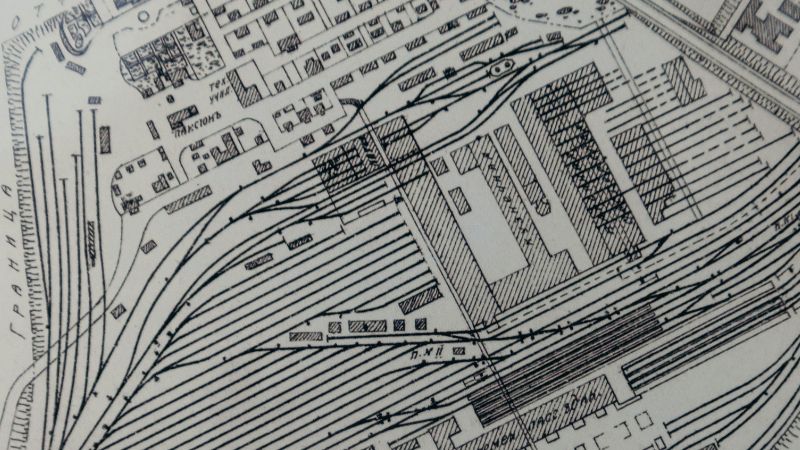In the UK, energy consumption in housing is responsible for almost 30% of nation's carbon dioxide (CO2) emissions. To reduce these emissions, under the Home Energy Conservation Act (HECA) 1995, all UK local authorities have to report annually about the energy efficiency of all housing stock (private and social) and consider and implement as far as possible strategies that show a significant improvement in housing energy efficiency. Significant improvement was defined in the guidance as 30% in 10 to 15 years from an agreed baseline of April 1997.
The success of HECA depends on the ability of local authorities to identify individual properties which could benefit from energy efficiency measures, in addition to making broad citywide estimates. However, one of the problems in reporting and monitoring effectiveness of energy efficiency measures is the lack of consistent, publicly available tools and methods for calculating the potential carbon savings.
The EU directive on building energy performance comes into effect in January 2006 in the UK. All these regulations will increasingly require that current and possible reductions in energy and related CO2 emissions be calculated at a single dwelling level as well as on an urban scale.
DECoRuM has the potential to fill this gap by estimating current CO2 emissions from UK dwellings, enabling it to evaluate the potential for reduction in CO2 emissions and savings in costs resulting from deployment of a range of best practice energy efficiency measures and renewable energy technologies.



